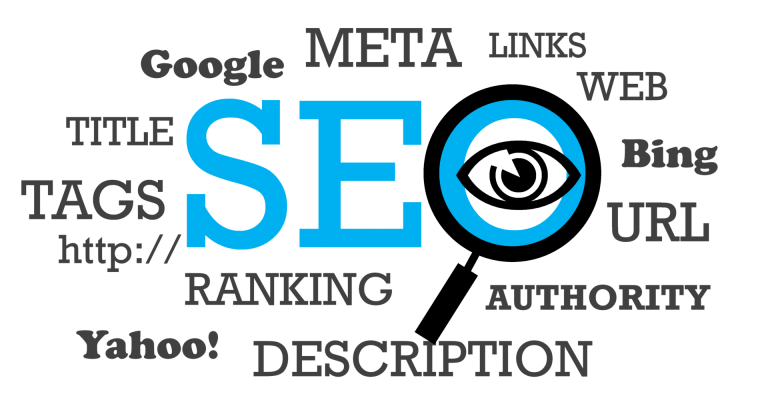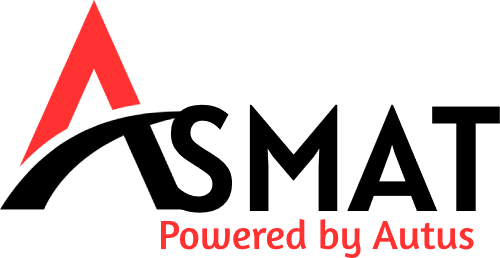
SEO, or Search Engine Optimization, is a tool that has gained widespread interest among the masses. Initially only used by lading companies, SEO is now used by most content creators on the internet to curate their content in a way that leads to an increment in viewership and exposure to their work on this heavy and content-filled world wide web.
The optimization done by a creator when working on a blog post or website is broadly classified into the following two types:
- On-Page SEO – This type of optimization focusses on allowing a search engine’s algorithm understand and present your content better, and thus achieving a higher ranking on the display of webpage links on a search engine.
- Off-Page SEO – This technique focusses on bringing traffic through a more indirect passage, by optimizing signals outside the website, such as backlinks.
THE NEED FOR ON-PAGE OPTIMIZATION
While SEO sometimes gains a bad rep under the garb of ‘marketing strategies’, it usually is not. Search Engine Optimization is not a replacement for quality content, it is a tool required to ensure that your quality content reaches to as many as possible – it is then the viewers who decide whether a website is worth their time.
Thus, for anyone curating content, it is an absolute must to drive traffic into their website and ensuring that people actually have access to your work. Gaining access to new websites specifically is next to impossible for an audience, since the internet is filled with all kinds of substantial material to look through. Integrating on-page SEO techniques allows new bloggers and website to take control and appear on the first pages of a search engine.
When generating and SEO-optimized article, the goal should always be to do it in a natural and relevant manner. The purpose is to satisfy the viewer, and not to mislead them – clickbait on the internet is never appreciated.
The first step before commencing with on-page optimization is to look at key words and select the common-most traffic-driving terms pertinent to your topic. Once an elaborate list of such key words is made, then one can move to the actually applying the on-page SEO techniques.
REQUIRED TOOLS
There are often multiple SEO tools all across the internet for multiple purposes. Some of the most popular on-page SEO tools include:
- Screaming Frog
- Yoast Plugin
- Google Search Console
- Siteliner
- WMS Everywhere
TO CONSIDER –
Before moving on to SEO techniques, it is absolutely vital to curate your content in a specific way before ensuring high traffic entering a website. Some of these are;
- High-quality User Experience: A website should be smooth to access and quick to load. Broken links should be kept to minimum, it should be visually pleasing to eye as well as easy to navigate.
- Captivating in Loops: It is also essential to make certain that once a page is accessed to by a search engine, the visitor must stay on the page for quite some time. The use of copywriting, appealing graphics and links to other posts can keep the viewer reading on, on the same website.
- Good Content: ‘Content is king’; the rule never dies. Marketing strategies can only work for so long. At the end of the day, well-researched, alluring content that serves the user will always win.
SEO TECHNIQUES
Several parts of a web-page or a blog/article can be optimized with the most-used keywords in a contextual manner that does not feel like clickbait and retains the high quality of content. These keywords can be conveniently tracked down and listed using keyword optimizing websites. The following elements in a webpage can be optimized –
- Meta Title: A meta title is what people view at when scrolling through search engines. It is a good bet to be investing time, energy or money into copywriting at this stage. The more attractive and optimized by generated keywords a meta-title is, the more likely a high number of users are to click on the link.
The title by default has an H1 tag and the targeted keyword must be intentionally used in the very beginning. The title should, at all times, be around 65 characters ideally. - Post Permalink Structure: A permalink is the URL displayed and is often, by default, the title of an article. Any special characters, symbols, commas and brackets should be avoided. The best way to construct an ideal permalink is to separate the keywords with hyphens.
- Heading Tags: All headings and sub-headings should be properly tagged so that a search engine can read into them. It should also be kept in mind that there are not many H2 or H3 heading tags, while the title should always be H1. Only relevant sub-headings should be tagged. Long articles should be assisted with a proper table of contents.
- Meta Tags: Similar to a meta title, a meta tag is a description visible to the searcher on the search engine page under the title. A meta tag must have the optimized keywords and should be entrapping in such a way that it lures the reader in to open an article. The use of meta-descriptions varies from search engine to search engine, but it’s always a healthy practice to incorporate.
- Keyword Density: There is no set-rule to the amount of times a keyword should be used. The best way is to use it once in the starting paragraph and one in the last paragraph, and if possible, subtly in between depending on the length of the article. Keyword density should not be so high as to make the content feel unnatural, deviate it from its true purpose or reduce its quality.
- Alt Text: Unlike the above, alt text focusses on optimizing images. When uploading an image to a post, the image title should also refer to what the image its about and be keyword optimized. Similarly, the alt text should be added including keywords that make sense. It should be kept in mind that image be compressed before uploading it on a webpage otherwise it may slow down the loading process.
- Length: Most posts would ideally cross a length of 1000 words to be reachable. However, it should not be rambling but a collected meaningful piece of work. There is no golden rule of length – it would largely rely on the target audience’s expectations and the topic. Nevertheless, there are also some tools such as SEMRush that would enlist the most common length of the article related to your keyword search.
- Interlinking: Interlinking allows creating a loop of articles on a website. It gives readers and opportunity to explore other similar posts and spend more time on the blog, thereby improving the website’s ranking. Internal links also make search engines read into those terms and provide extra information. The best practice is to use an anchor text with an interlink.
- Schema: A schema is structured data that permits a search engine to know more about your content. Star ratings, contact details, etc are a part of the schema and could be used to give more context. A schema is often missed out by many, and is an under-rated SEO technique that gives an edge over many competitors.
- External Linking: While interlinking focusses on creating a loop back to your own websites, external linking is about sending your readers to other websites. Linking sources or sending referrals to trusted websites, makes the site seem more credible and genuine while at the same time adding to the count.
